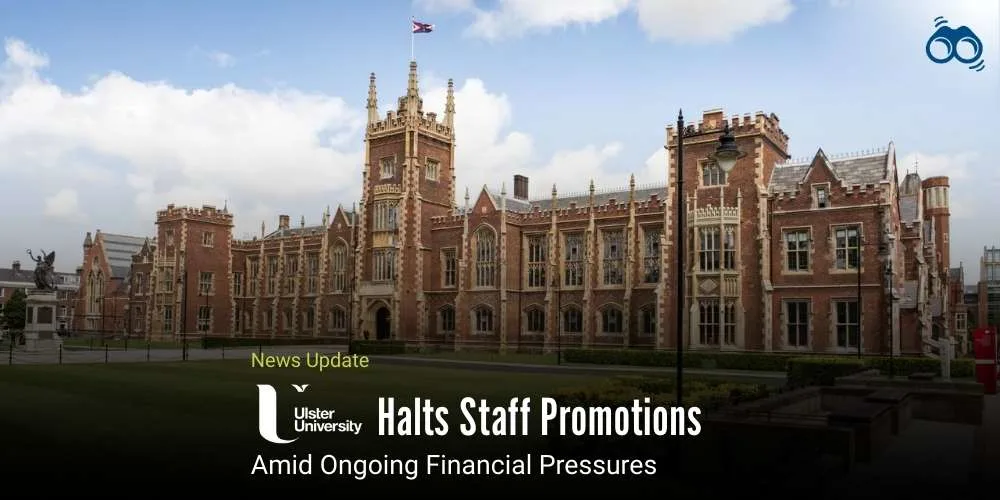Balancing Tradition and Progress: How Mother Tongue Education Could Shape Young Minds
India’s Education System Set for Transformation with Mother Tongue-Based Learning
Language plays a pivotal role in shaping a child’s cognitive development, cultural identity, and academic progress. Recognising this fact, the Central Board of Secondary Education (CBSE) has signalled the Centre’s intent to make mother tongue-based education mandatory at the primary level in the future. This initiative aligns with research-backed educational principles, which indicate that early education in a child's first language significantly enhances comprehension, creativity, and learning outcomes.
To facilitate this transition, CBSE has directed all affiliated schools to map students’ mother tongues and align instructional materials accordingly before the summer break ends. Currently, English is the dominant medium of instruction in CBSE-affiliated primary schools, which number over 30,000 nationwide. However, the latest CBSE circular, dated 22 May, specifies that teaching from pre-primary to Class 2, the ‘foundational stage’ under the National Education Policy (NEP) 2020, should be conducted in the child’s home language, mother tongue, or a familiar regional language (R1). If implementing the mother tongue proves unfeasible, schools may opt for the state language, provided it is familiar to the child.
For Classes 3 to 5, students can continue learning in their mother tongue (R1) or transition to another medium (R2). The circular also offers flexibility, allowing schools requiring additional time to gradually introduce mother tongue-based instruction from July onwards. Notably, this is the first time CBSE has proposed making mother tongue instruction compulsory, having previously only encouraged it through advisory circulars following NEP 2020 and NCFSE 2023.
The emphasis on mother tongue education is strongly supported by NEP 2020 and NCFSE 2023, which advocate its implementation, particularly up to age eight, when children learn best in their home language. A CBSE official explained that Classes 1 and 2 study two languages and mathematics, and the recent directive permits mathematics instruction in the mother tongue or a familiar regional language. Furthermore, CBSE has directed schools to establish an NCF implementation committee by the end of May to map students’ mother tongues, adjust curricula, and align resources, urging schools to complete this process promptly.
The circular mandates realigning curricula and instructional materials by the end of summer, ensuring that R1 serves as the primary medium of instruction, while R2 is introduced at the appropriate stage. Additionally, teacher training in multilingual teaching methods and assessment strategies must be completed before implementation. While mother tongue instruction is set to begin in July, schools requiring additional resources and preparation time will be allowed flexibility, though delays should remain minimal.
To ensure the effective implementation of this policy, CBSE has instructed schools to submit monthly progress reports starting in July, with academic observers visiting institutions to provide guidance and support. A CBSE official noted that well-resourced schools are expected to face fewer challenges than smaller institutions, which may require additional time and assistance. A senior Ministry of Education official reiterated that the National Curriculum Framework for School Education (NCFSE) strongly advocates providing students with the option to learn in their mother tongue, positioning this circular as a significant step towards that goal. The language mapping exercise will ultimately determine which languages are taught in each school.
Despite the positive intent behind this initiative, concerns have emerged regarding its practical implementation. Ameeta Mulla Wattal, Chairperson of DLF Foundation Schools, pointed out that selecting a single R1 language could lead to exclusion, as many parents opt for Hindi out of convenience or prefer English-medium education. Additionally, she warned of potential conflicts between family preferences and school policies, stressing that the transition to mother tongue instruction must be gradual and well-supported. Wattal further highlighted challenges in managing linguistically diverse classrooms, particularly in urban areas such as Gurgaon, where high mobility complicates language identification. Moreover, some parents do not speak their mother tongue, making selection difficult. Schools must, therefore, hire teachers proficient in both the language and effective teaching methodologies. She also emphasised the need for parent engagement, recommending orientation sessions to explain the shift to mother tongue instruction and address concerns.
Sudha Acharya, Principal of ITL Public School, Dwarka, revealed that their April language mapping identified Hindi as the most spoken regional language, making it R1, with English designated as R2. She further explained that foundational stage instruction is bilingual, reflecting the home language of three-year-old children. For Classes 3 to 5, instruction may remain bilingual, though English continues to be the medium of instruction, as ITL Public School operates as an English-medium institution. While the CBSE directive marks a progressive shift towards multilingual education, ensuring smooth implementation across diverse schools requires careful planning, flexibility, and support, particularly in linguistically varied urban settings.
Editor’s Note:
The CBSE’s recent directive to introduce mother tongue-based education at the primary level is a bold and necessary step towards enhancing learning outcomes and cultural preservation. Research has consistently demonstrated that children learn best in their home language, improving comprehension, cognitive development, and academic performance. However, while the intent behind this policy is commendable, its implementation raises significant logistical challenges, especially for linguistically diverse urban schools. The push towards mother tongue instruction must be gradual, well-supported, and inclusive, ensuring that no student feels excluded or academically disadvantaged. Schools must receive sufficient resources, teacher training, and structured guidance to make this transition effective. Additionally, parents’ preferences and concerns should be considered, as many families still view English-medium education as crucial for prospects.
Skoobuzz highlights that while this policy could reshape India's educational landscape, its success depends on careful execution, balancing cultural enrichment with practicality and accessibility.














0 Comments (Please Login To Continue)